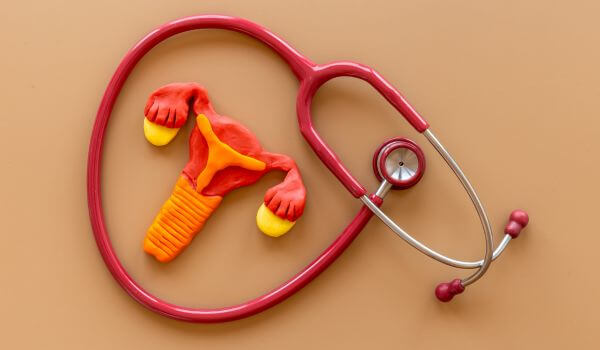This text is for informational purposes only. Please consult a doctor or pharmacist before using any medication.
Read the information leaflet that comes with the medication.
Most people who use Mirapex do not experience any adverse side effects. Doctors prescribe this medication because they assess the benefits of such treatment outweigh any likely unwanted effects.
Some of the common but mild side effects are muscle spasms or muscle weakness; sleepiness, dizziness, confusion, or memory problems; weakness; dry mouth, nausea, constipation, or increased urination; or insomnia and unusual dreams. If these persist or worsen, consult with a doctor or pharmacist.
When rising from a sitting or lying position, get up slowly to reduce any feeling of dizziness or lightheadedness.
There are rare but more serious side effects. If it feels like you are fainting, experience mood changes such as confusion, agitation, or hallucinations, have strong and unusual desires (gambling or sexual urges), sudden difficulty moving or walking, feel muscle cramps or spasms, swelling of the ankles or feet, feel chest pain, fever, unusual heartbeat, changes in the frequency of urination or vision changes, go at once to an emergency healthcare facility, taking the package of medication with.
Please bear in mind that not all possible side effects can be listed. If you experience any of these or other unexpected side effects, seek medical attention from a physician.
Parkinson’s Disease. Early signs often include mild symptoms like tremors, commonly beginning in one hand and spreading to other limbs, reduced movement speed (bradykinesia), muscle tightness, limb stiffness, and issues with balance and posture.
There are no specific blood tests, imaging, or other routine tests to detect Parkinson’s Disease. It typically starts with subtle symptoms such as tremors, which usually begin in one hand but progress to affect all of the extremities. These symptoms can combine with slow movement (bradykinesia), muscle rigidity and limb stiffness, or postural instability and balance problems.
A clinical diagnosis is primarily based on medical history, assessment of symptoms, and a neurological examination. If a final diagnosis cannot be reached, a more complex specialized imaging test (DaTscan) that looks at the dopamine in the brain may be necessary.
Restless legs syndrome (RLS): Symptoms typically arise in the late afternoon or evening, intensifying at night and hindering sleep. RLS makes falling asleep and returning to sleep after being woken difficult. Moving legs or walking reduces the discomfort, but typically, the sensations recur soon after movement stops. Relief comes from moving the legs or walking, yet the sensations often return once movement ceases. Diagnosing restless legs syndrome doesn’t rely on a single test. Symptoms, medical and family history, physical exam, and test findings will guide the diagnosis.













